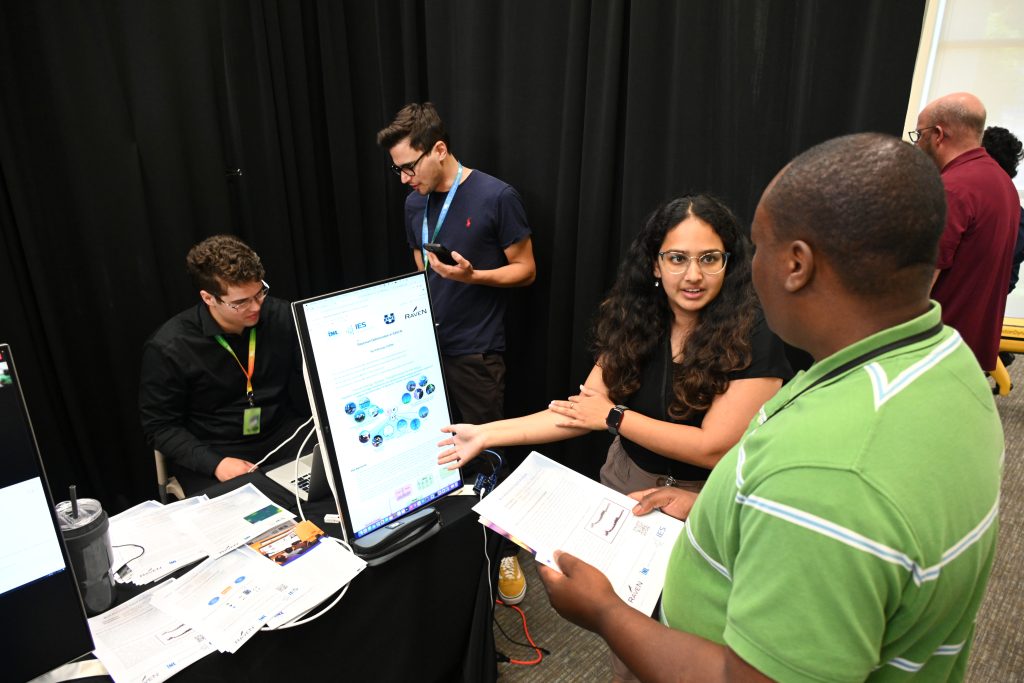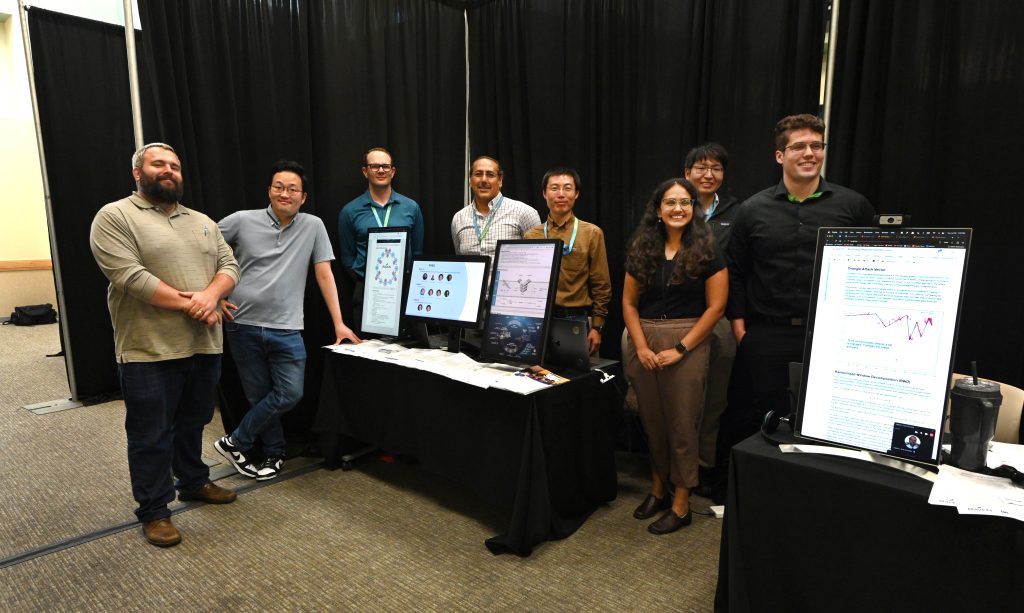On July 25, Idaho National Laboratory organized an Artificial Intelligence and Machine Learning Expo in Idaho Falls, Idaho. The event was open to the public and showcased technologies developed by INL researchers. The expo allowed attendees to interact with INL technologies, and enhanced awareness both internally and externally of the laboratory’s machine learning and artificial intelligence efforts. The event had more than 100 attendees and was very well received.
Integrated Energy Systems (IES) Program researchers, together with researchers from other groups, were present at three different booths and demonstrated a set of tools they developed, part of them within the IES Program:
- RAVEN – Risk Analysis and Virtual Environment: Flexible and multipurpose uncertainty quantification, regression analysis, probabilistic risk assessment, data analysis and model optimization framework.
- HERON – Holistic Energy Resource Optimization Network: Modeling toolset and RAVEN plug-in that accelerates stochastic techno-economic assessment of the economic viability of grid-energy system configurations.
- ORCA – Optimization of Real-time Capacity Allocation: Enables safe and economic operations of IES with predictive control strategy, remote communications, and advanced modeling and simulation.
- SONAR – Sigma Oriented Network Anomaly Recognition (not publicly available): Data-driven anomaly detection module, specifically focusing on addressing adversarial anomalies (in its current version). These anomalies are human-made, involving a third party or adversary that manipulates or alters the data, impacting downstream artificial intelligence-driven processes.
Other demonstrations were also presented, such as:
- Bayesian optimization, which provides predictive surrogate models with uncertainty.
- Synthetic data generation.
- Multiresolution analysis.
- Sparse sensing, which enables finding the optimal locations and minimal number of sensors to reconstruct any response of interest (e.g., temperature profile, velocity profile, etc.).
- Fuel reload optimization.
Many attendees of diverse backgrounds stopped by the IES/RAVEN booths. They were interested in all the tools, but some demonstrations were more frequently repeated: sparse sensing, causal discovery, optimization (genetic algorithms and Bayesian optimization), multiresolution, and time series analysis in HERON.
The feedback was very positive. Attendees particularly appreciated that RAVEN is an open-source code and that all these capabilities are available in a single code. Moreover, they praised the idea of RAVEN being an artificial intelligence pipeline orchestrator that gives users the freedom to pick their own codes. RAVEN facilitates communication with these codes, samples them, adapts the inputs and parses the outputs to perform the required statistical analyses.
Attendees discussed potential new applications of IES tools in different domains, such as fuel reload optimization in nuclear power plants, and scaling and validation of prototype-sized mock experiments to full-target power plants. More importantly, new applications could concern the optimal dispatch of energy sources (wind, solar and nuclear) to meet demands and perform educated decisions about when to sell and store energy, along with other techno-economical analyses.
INL has also discussed collaborations with its other developments.


